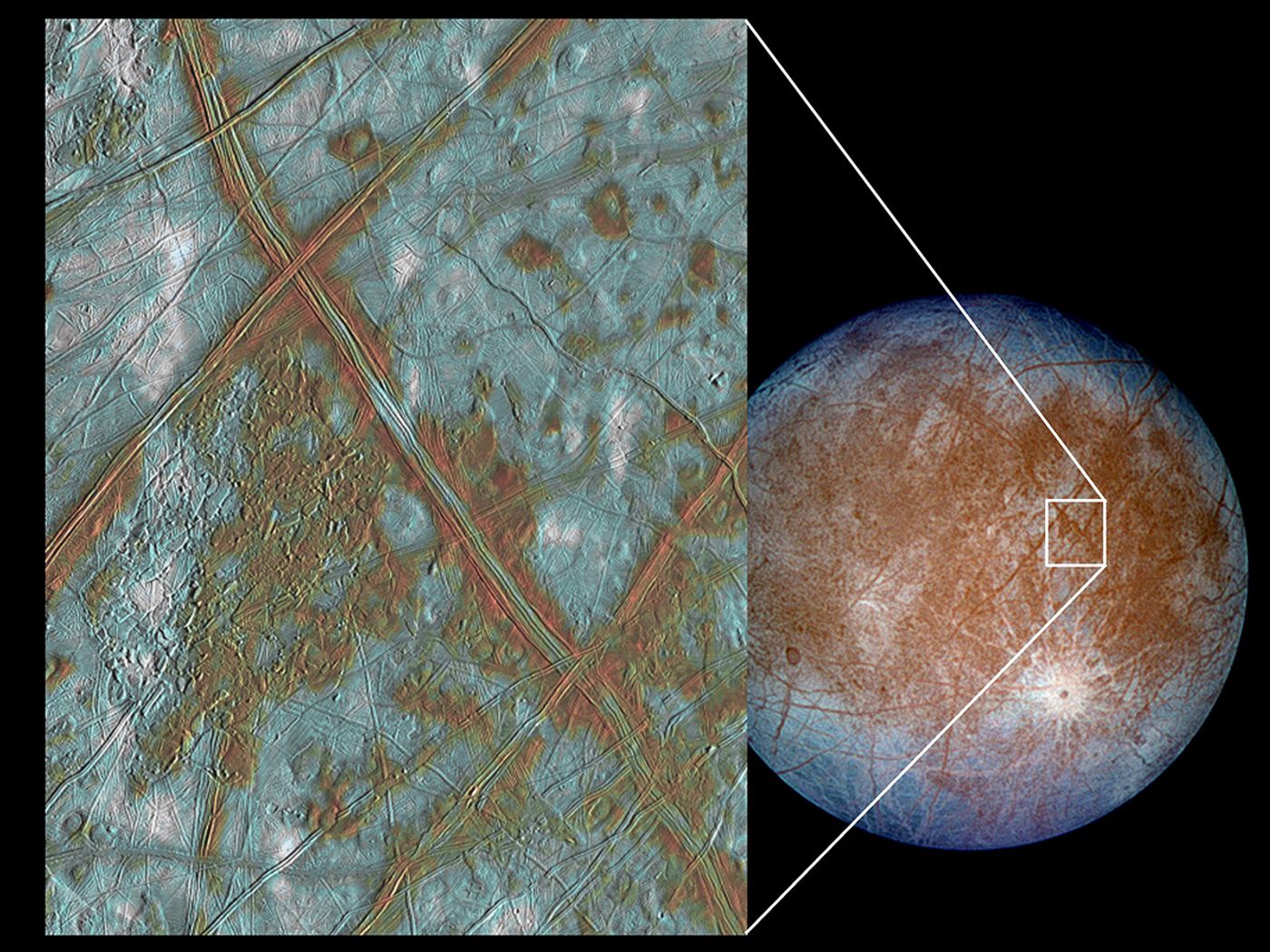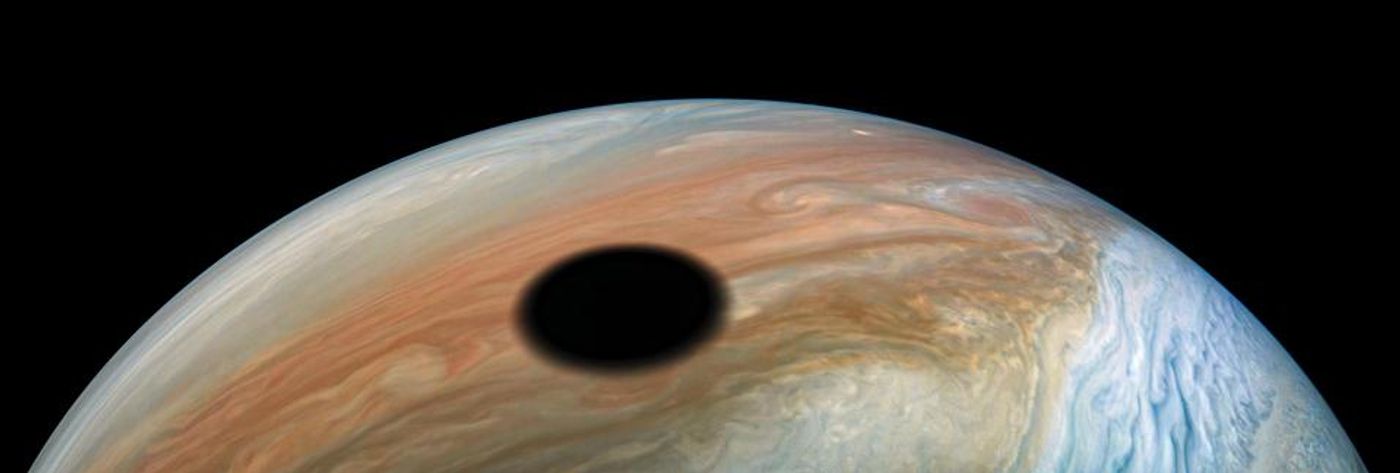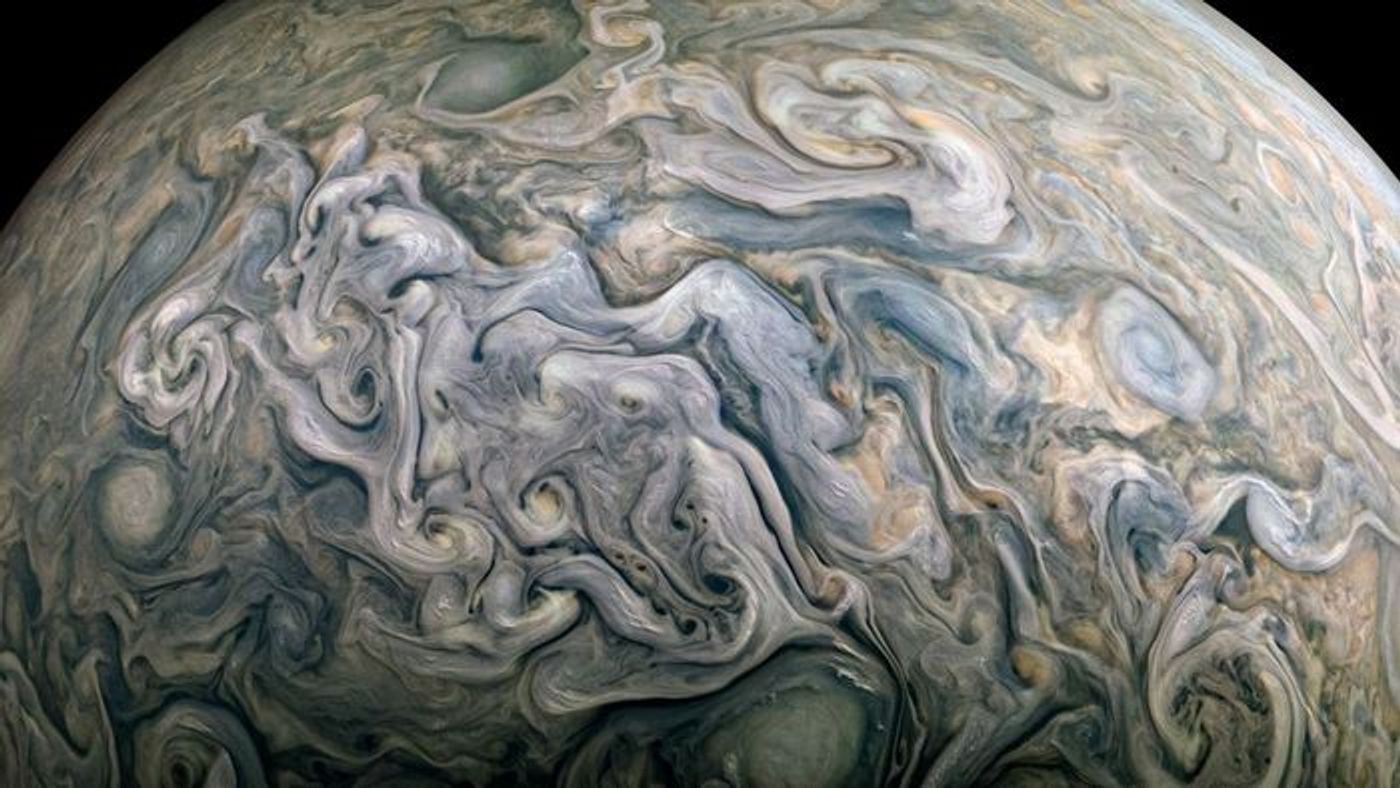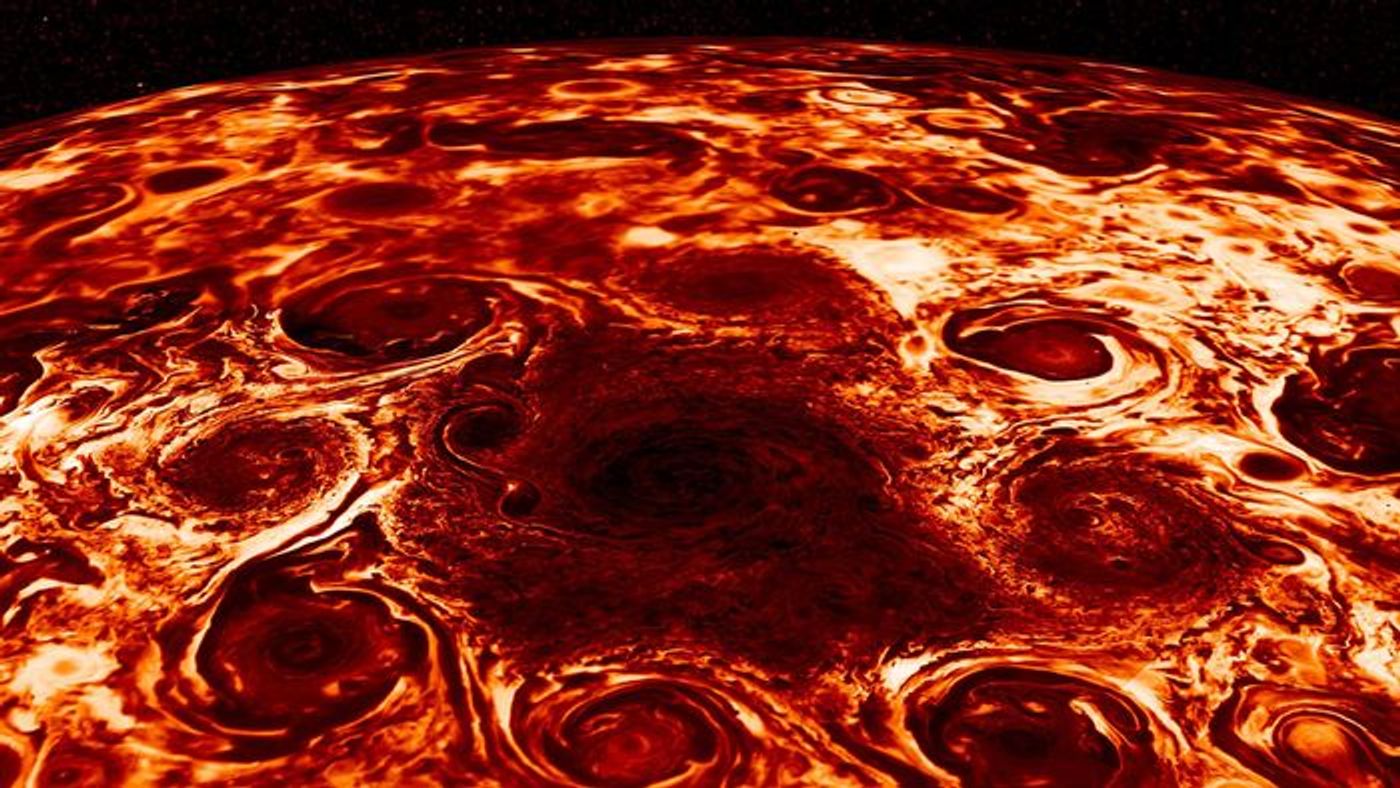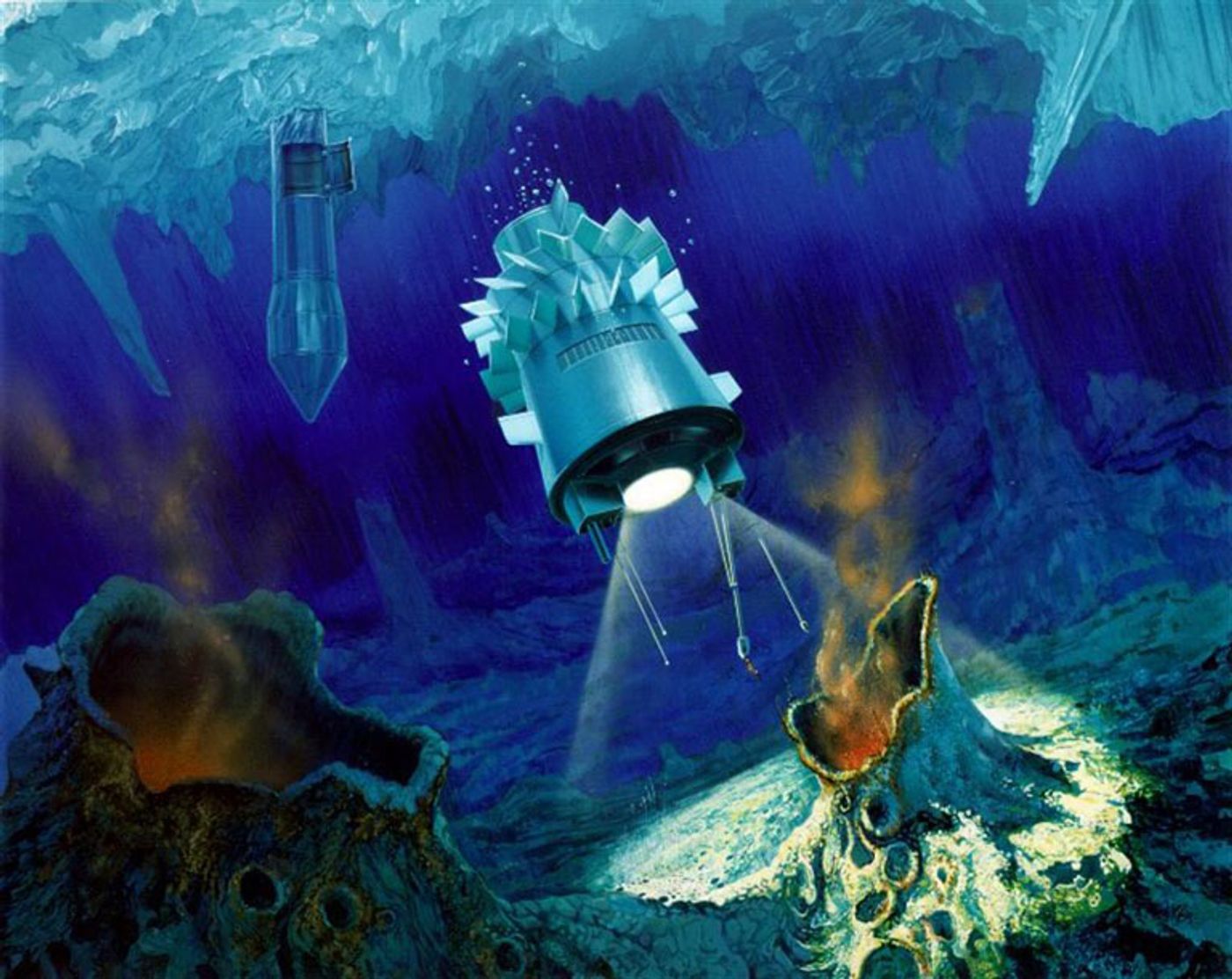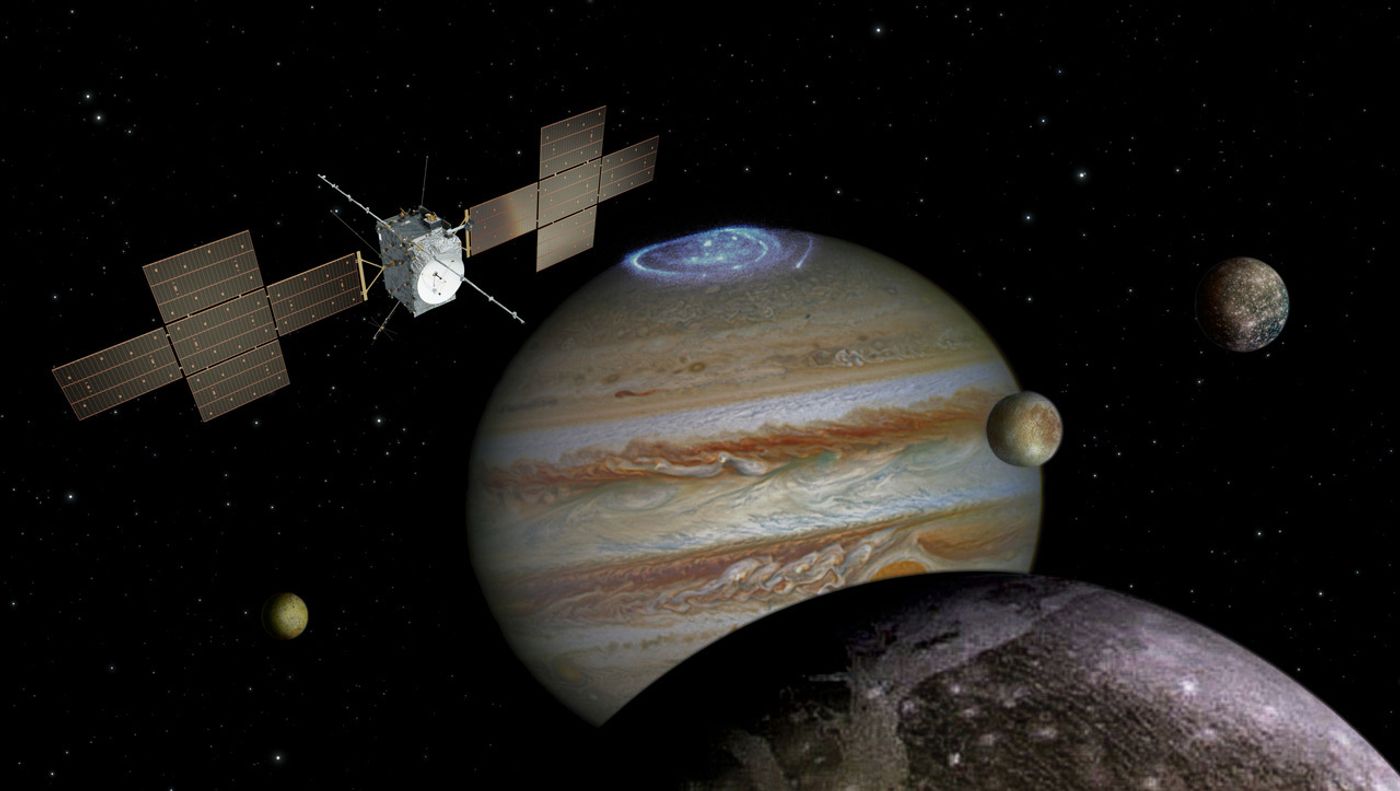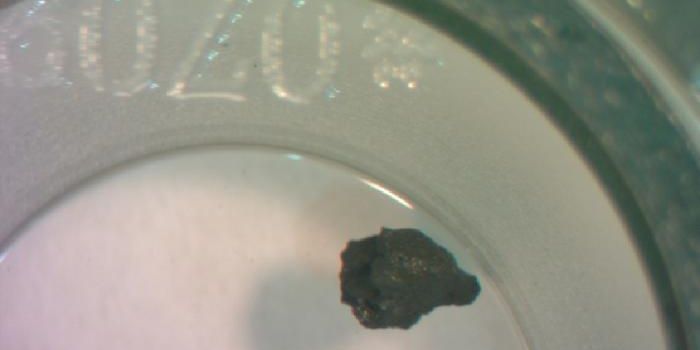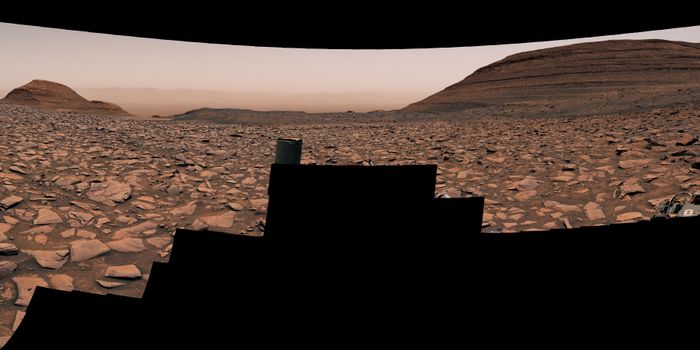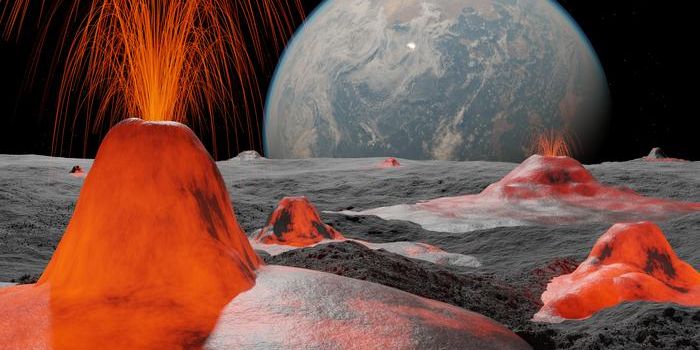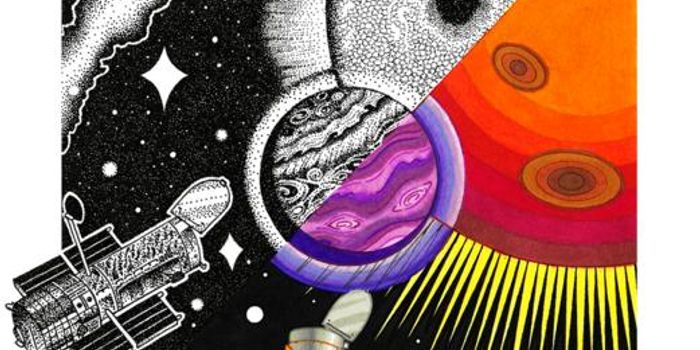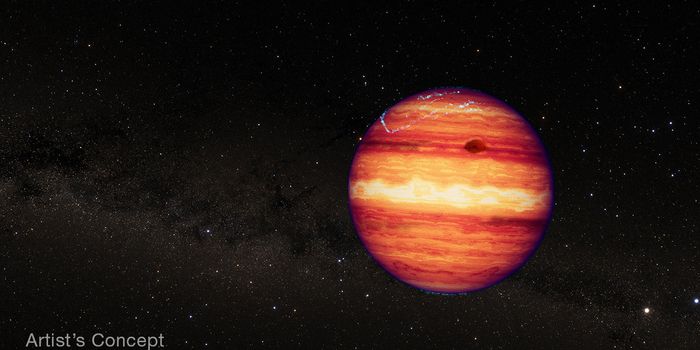Jupiter - The Majestic Planet
Jupiter, the fifth planet from the Sun – The Majestic Planet, with its massive size, swirling multi-colored clouds, and giant red spot, it’s hard not to gaze at it in wonder and amazement and ask how the largest planet in the solar system evolved to become one of the most beautiful spectacles in science and astronomy. Despite its jaw-dropping features, its massive size also means it has intense gravity, measuring at approximately 2.4 times that of the surface gravity of Earth. Due to its even more massive magnetic field, it also gives off deadly levels of radiation that is equivalent to 10 million dental X-rays. Despite these unpleasant characteristics, why is Jupiter so worth exploring?
Here we will explore Jupiter’s physical characteristics, mythological and observational history, spacecraft exploration, and potential for life on some of its moons, and determine what it is about Jupiter that makes it so intriguing for exploration.
Jupiter Characteristics
As stated, Jupiter is the largest planet in the solar system, and is so big that all of the other planets in the solar system could fit inside it, to include more than 1300 Earths. It orbits beyond the asteroid belt—well past the orbit of Mars—at approximately 463 million miles from the Sun. It has the second largest number of known moons in the solar system at 79—Saturn has 82—with four of those moons garnering the most scientific interest—Io, Europa, Ganymede, and Callisto.
Jupiter is a gas giant, lacks any visible surface due to its deep clouds, and is comprised of 90% hydrogen and 10% helium. These same elements also primarily make up our own Sun, and some consider Jupiter as a failed star because of these attributes. Due to its enormous gravity, Jupiter has often been called the vacuum cleaner of the solar system, because its gravity literally sucks in asteroids and comets, ultimately protecting Earth from certain doom in the process.
Ancient Astronomers and Galileo
The mythology of Jupiter is primarily attributed to the Roman Empire, who believed Jupiter to be a sky-god overseeing all aspects of life, and was thought to have originated from the Greek god Zeus. Military commanders often paid tribute to Jupiter after being victorious in battle. Jupiter was the god of light, a protector during defeat, and the giver of victory.
While Jupiter remained a mythological figure for centuries, the first telescopic observations of the giant planet were not made until 1610 by Galileo Galilei, who also discovered Jupiter’s four largest moons—Io, Europa, Ganymede, and Callisto—which have since been appropriately named the Galilean satellites. This discovery primarily demonstrated that the Earth was not the center of the universe as had been the longstanding belief for centuries. While Galileo would go on to contribute to science and astronomy in other ways—observations of Earth’s Moon, phases of Venus, and sunspots—he is most well-known for his initial observation of Jupiter and its largest moons.
Spacecraft Missions to Jupiter
With human exploration still limited to the Earth’s Moon, a number of spacecrafts have visited and explored Jupiter and its many moons, with the most notable being Voyager 1 and 2 in 1979. While Voyager was preceded by short flybys of Jupiter from Pioneer 10 and 11 in 1973 and 1974, the Voyager probes were the first to explore Jupiter and its Galilean satellites in great detail. While Callisto and Ganymede were found to be cratered ice balls, Voyager 1 and 2 observed very diverse worlds such as the volcanic moon, Io, and the craterless ice moon, Europa, the latter of which indicated a very young surface.
The first spacecraft to orbit Jupiter was NASA’s Galileo mission, which made several key scientific discoveries during its almost eight years orbiting the massive planet. These discoveries included the confirmation that a global ocean of liquid water exists underneath Europa’s icy crust, which deduces why the surface is largely devoid of craters, possibly due to ongoing resurfacing from the interior ocean.
The most successful spacecraft mission sent to Jupiter is NASA’s Juno mission, which arrived at Jupiter in 2016 and will continue to explore the solar system’s largest planet through at least 2025, or until the spacecraft’s end of life. During its mission, Juno has sent back the highest resolution images of Jupiter, to include its incredible swirling clouds and infrared images of its deep atmosphere.
Potential for Life
As noted earlier, Jupiter has 79 known moons, but it’s the Galilean satellites which hold the most scientific interest. These four large moons comprising of Io, Europa, Ganymede, and Callisto have helped shaped our understanding of how our solar system formed and our place in the universe. Of these four moons, Europa has been at the forefront of scientific debate for the potential for life within its deep ocean beneath its icy outer shell. Its ocean is currently thought to be similar to the deep ocean environment on Earth, which is comprised of hydrothermal vents providing heat and nutrients for microbial and multi-cellular life.
Future Missions to the Jupiter System
While NASA’s Juno mission continues to explore Jupiter in depth, two missions are currently in the works to explore Jupiter and its moons in even greater detail. These missions are the European Space Agency’s JUICE (JUpiter ICy moons Explorer) mission and NASA’s Europa Clipper mission. The JUICE mission is currently scheduled for launch in 2023 and will spend at least three years making detailed observations of Jupiter and its three largest moons, Europa, Ganymede, and Callisto, and Europa Clipper is scheduled for launch in 2024 and will conduct detailed reconnaissance of Europa to determine if this icy world could harbor the conditions necessary for life.

As always, keep doing science & keep looking up!
Sources: Cool Cosmos, Astronomy.com, NASA (1), NASA Solar System Exploration (1), NASA Solar System Exploration (2), Nine Planets, The Planetary Society, National Geographic, World History Encyclopedia, Universe Today, Labroots, NASA Lunar and Planetary Science, NASA Solar System Exploration (3), NASA Solar System Exploration (4), NASA Solar System Exploration (5), NASA (2), Geology.com, EarthSky, American Museum of Natural History, European Space Agency, NASA JPL



